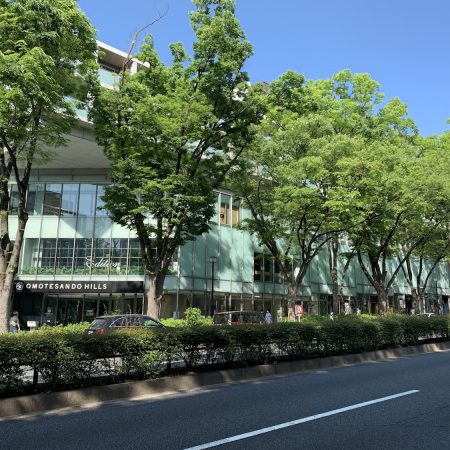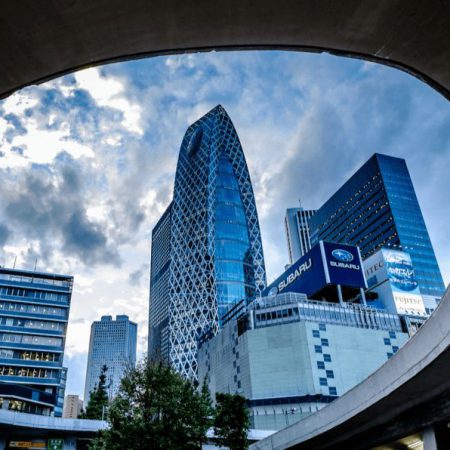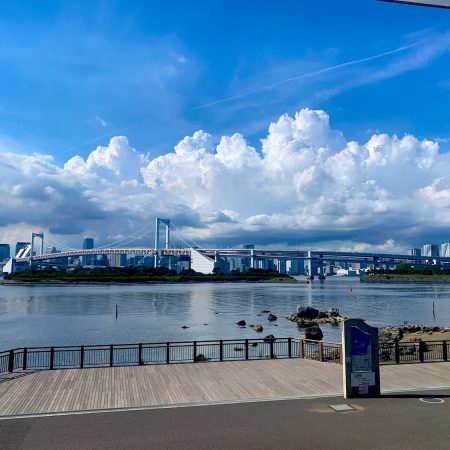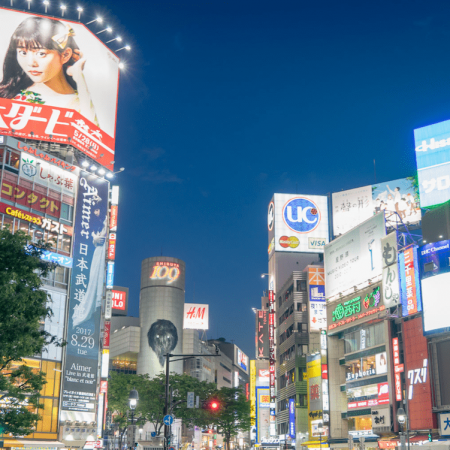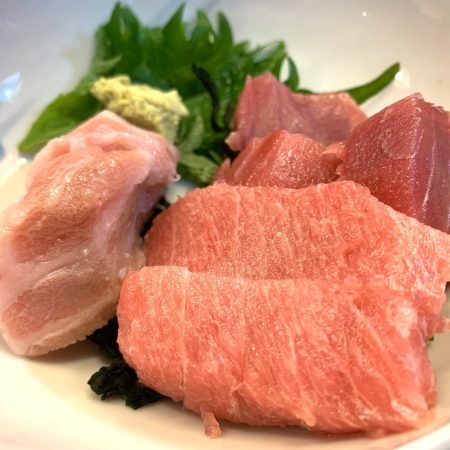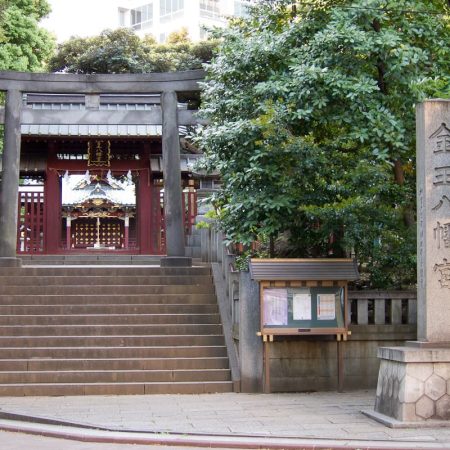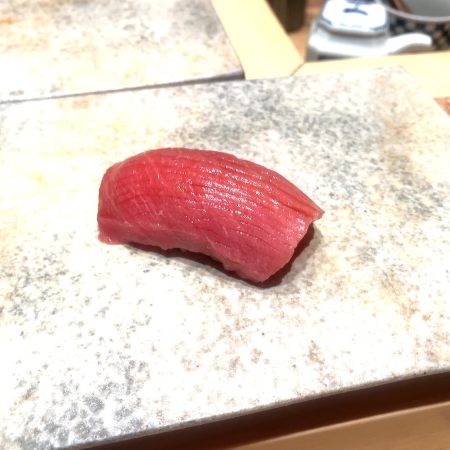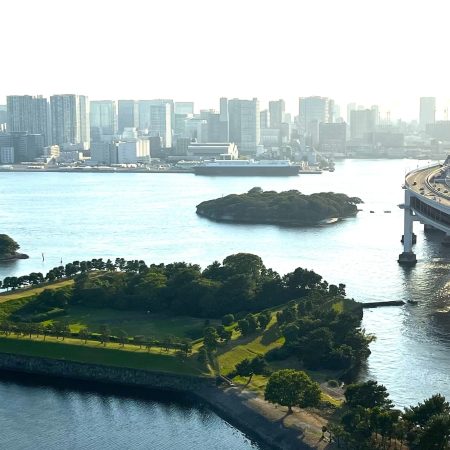The Ginza and Yurakucho area in Tokyo offer a diverse range of cultural and entertainment experiences. Ginza’s Chuo-dori transforms into a pedestrian paradise on weekends, providing a unique shopping experience amidst high-end and high-street stores. The Mitsukoshi Lion Sculpture at Ginza Mitsukoshi serves as an iconic meeting point, symbolizing Tokyo’s rich history and resilience. SEIKO HOUSE GINZA, housed in the Wako main building, seamlessly combines history and modernity, featuring a resilient clock tower representing Seiko’s dedication to tradition and precision. Shiseido Gallery, Japan’s oldest art gallery, showcases contemporary art in an elegant space, contributing to Ginza’s vibrant art scene. Kabuki-za Theater in Ginza offers a captivating exploration of traditional kabuki performances, while the Police Museum near Ginza and Yurakucho Station provides an immersive look into Japan’s police history. Tsukiji Hongwanji, a hidden gem near Ginza, offers insight into Japanese culture and history, and Hamarikyu Gardens provide a serene escape with a rich historical background, inviting visitors to immerse themselves in Japan’s heritage.
Ginza Pedestrian Paradise (銀座歩行者天国)
Ginza’s Chuo-dori offers a must-visit shopping experience, especially on weekends when it becomes a car-free pedestrian paradise. Lined with high-end and high-street stores, the street allows for leisurely window-shopping without worrying about traffic. This unique tradition started in 1970 as the “Holiday Promenade” and has become a regular occurrence, taking place every first Sunday of August. Ginza is the only district in Japan that continues this tradition, making it a distinctive and enjoyable shopping destination.
Mitsukoshi Lion Sculpture (ライオン像銀座三越)
Ginza Mitsukoshi in Tokyo boasts a striking bronze lion statue at its front entrance, installed in 1914 and surviving events like the Great Kanto Earthquake and wartime. This iconic statue, symbolizing prestige and grandeur, serves as a meeting point and represents the rich history and culture of Tokyo. Conveniently located at Ginza 4-chome, it provides an easily recognizable meeting spot connected to Tokyo Metro Ginza Station. The lion statue stands as a resilient symbol, emphasizing the city’s history and the determination of its people.
Seiko House Ginza Clock Tower (セイコーハウス銀座時計塔)
SEIKO HOUSE GINZA, located in the iconic Wako main building in Ginza, seamlessly blends history and modernity. The newly renovated space offers a journey from the basement to the 4th floor, where Wako continues its tradition of high-quality products and services. The upper floors, from the 5th to the rooftop, provide a venue to immerse visitors in Seiko’s craftsmanship, innovation, and tradition. The building, initially constructed after the Great Kanto Earthquake in 1932, features a resilient clock tower that has symbolized time in the Ginza skyline and reflects Seiko’s dedication to maintaining tradition and precision.
Shiseido Gallery (資生堂ギャラリー)
Explore elegance, culture, and creativity at Shiseido Gallery, Japan’s oldest art gallery in Tokyo’s Ginza district. Since 1919, it has been a hub for innovative artistic talents, showcasing over 3,100 artists, especially focusing on contemporary art since the 1990s. Housed in the underground level of the Tokyo Ginza Shiseido Building, it boasts the district’s tallest exhibition hall. The gallery features free admission, displaying striking contemporary art, hosting events like the Shiseido Art Egg competition and Tsubaki-kai group exhibition. Located in the historic Shiseido Building, designed by Shinichiro Okada in 1937, the gallery’s elegant interior contrasts with the red-brick façade. Open until 7 pm on weekdays and 6 pm on weekends, it’s easily accessible from Ginza or Yurakucho stations. Shiseido Gallery has been pivotal in shaping modern and contemporary art, aligning with Shiseido’s philosophy of creating beauty through harmony. Don’t miss the opportunity to immerse yourself in Ginza’s vibrant art scene at Shiseido Gallery.
Kabuki-za (歌舞伎座)
Explore the enchanting world of kabuki at Kabuki-za Theater in Ginza. Originating in the 16th century, this traditional art form features male actors portraying female roles, enhanced by elaborate costumes and makeup. The recently renovated theater offers increased seating and audio-visual guides. Located with easy access to Higashi-ginza Station, Kabuki-za preserves kabuki’s customs, including a revolving stage and historical elements. Attendees can choose from various ticket options, including single-act tickets and English subtitles, with monthly programs showcasing different plays and actors. Established in 1889, Kabuki-za remains a testament to the enduring allure of kabuki, making it a must-visit for both locals and Tokyo visitors.
Police Museum (ポリスミュージアム警察博物館)
The Police Museum in Tokyo near Ginza and Yurakucho Station offers a free and immersive exploration of Japan’s police history, covering its evolution from inception to the present day. Visitors can learn about the founder, Kawaji Toshiyoshi, and explore exhibits on uniforms and equipment. Interactive attractions, including simulators and photo opportunities with police vehicles, make it engaging for all ages. English labeling and sound guides cater to international guests. The museum’s four floors showcase themes such as Toshiyoshi Kawaji’s life, historical cases, various police services, and a library and video room. Accessible from nearby subway stations, the museum receives positive reviews for its informative exhibits and friendly staff.
Tsukiji Hongwanji (築地本願寺)
Tsukiji Hongwanji temple, belonging to the Jodo Shinshu Hongwanji-ha denomination of Shin Buddhism, is a hidden gem showcasing Japan’s cultural heritage. Built in the 12th century and rebuilt after fires and the Great Kanto earthquake, its architecture blends traditional Buddhist motifs with modern and ancient influences. Designated National Important Cultural Properties, the temple features intricate carvings and offers attractions like the Main Worship Hall. With a role in social welfare activities, the temple, located near Ginza and other attractions, is a must-visit for those interested in Japanese culture and history. Guided tours are available, and visitors are advised to dress modestly.
Hamarikyu Gardens (浜離宮恩賜庭園)
Hamarikyu Gardens offer a serene escape with a rich history dating back centuries. The seawater ponds, influenced by Tokyo Bay tides, enhance the captivating scenery. Visitors can enjoy matcha and sweets on an island teahouse or stroll across a connecting bridge. Beyond natural beauty, the gardens showcase cultural history as a feudal lord’s residence and imperial palace. Flower fields, a 300-year-old pruned pine tree, and traditional duck hunting grounds add to the allure. Easily accessible in Tokyo, this tranquil oasis provides a must-visit experience, inviting both locals and tourists to immerse themselves in Japan’s heritage.


